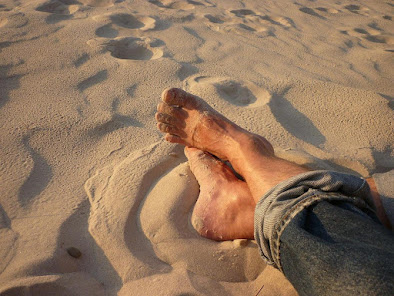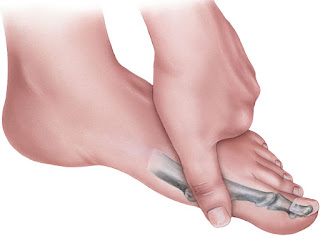3 Reasons to See a Foot Specialist if You are Diabetic | Dakota Foot & Ankle Clinic

1. You might be able to avoid surgery A Foot specialist will do extensive testing every year to check for nerve damage. Studies have shown that by visiting a podiatrist at least once a year you might significantly reduce your chances of developing an infection that can lead to amputation. They will find things that you don’t notice that need to be cared for before they become big problems. 2. You may have neuropathy Diabetic Neuropathy is nerve damage; the symptoms can range from numbness, tingling, pain and burning of the feet. When you have numbness you may step on something and not even realize it, then one day wake up and your foot is really swollen and red and you have a fever and realize you have a serious infection. You head to the emergency room might tell you they have to amputate your leg to save your life! 3 . Some people don’t understand Some people don’t understand how you can have pain a...


